New research suggests stars in the Milky Way give off infrared heat expected from Dyson spheres, which physicist Freeman Dyson theorized could be created by intelligent life.
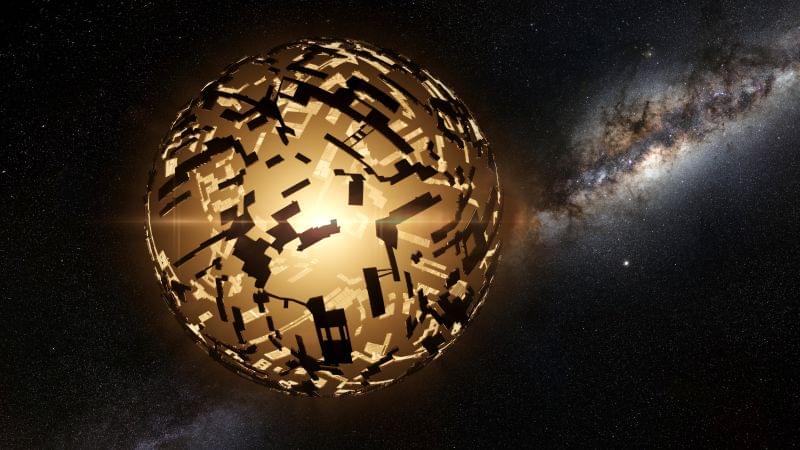


O.o!!!! Woah even the news is talking about Dyson spheres now o.o
By Jacopo Prisco, CNN
(CNN) — What would be the ultimate solution to the energy problems of an advanced civilization? Renowned British American physicist Freeman Dyson theorized it would be a shell made up of mirrors or solar panels that completely surrounds a star — harnessing all the energy it produces.
“One should expect that, within a few thousand years of its entering the stage of industrial development, any intelligent species should be found occupying an artificial biosphere which completely surrounds its parent star,” wrote Dyson in a 1960 paper in which he first explained the concept.
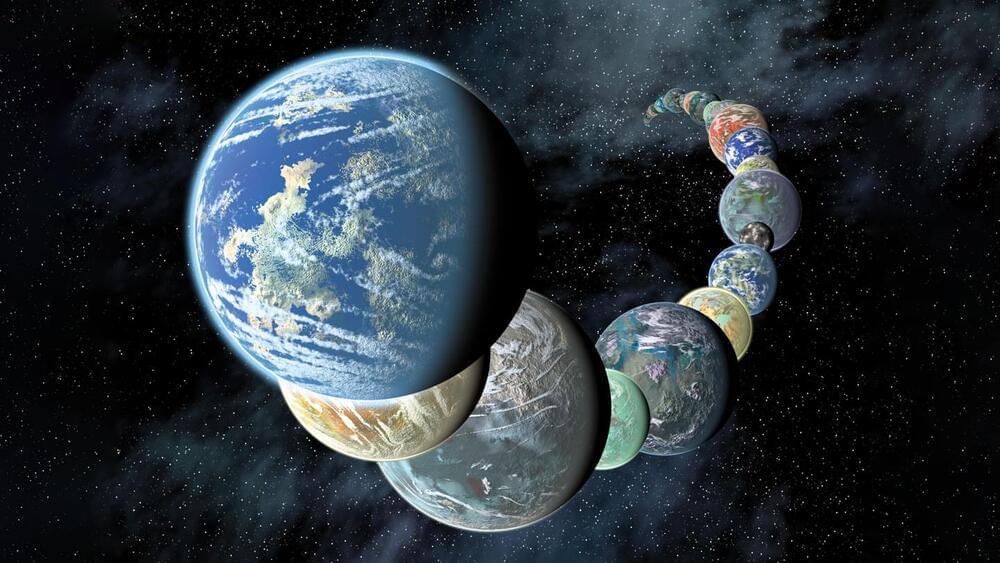

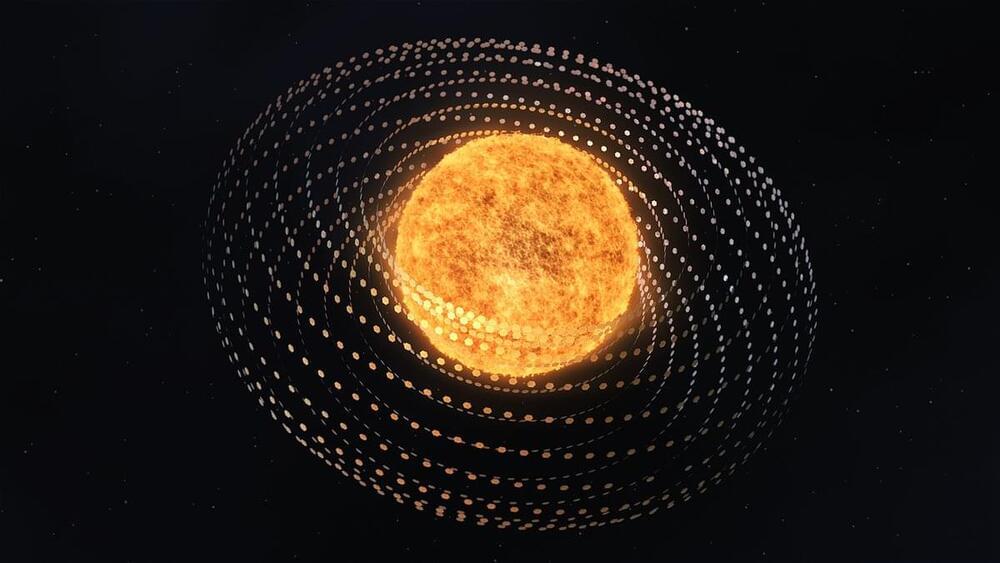
I don’t know if this true but it definitely could be as most civilizations are probably more advanced than the earth.
A survey of five million distant solar systems, aided by ‘neural network’ algorithms, has discovered 60 stars that appear to be surrounded by giant alien power plants.
Seven of the stars — so-called M-dwarf stars that range between 60 percent and 8 percent the size of our sun — were recorded giving off unexpectedly high infrared ‘heat signatures,’ according to the astronomers.
Natural, and better understood, outer space ‘phenomena,’ as they report in their new study, ‘cannot easily account for the observed infrared excess emission.’
2023.
Drones combining the bodies of taxidermy pheasants and pigeons, with flapping wing mechanisms closely mimic living birds.
Researchers at New Mexico Tech have designed these lifelike drones to hover and glide but further development is required to implement a broader range of avian motions. These flapping-wing drones could help study flocks of birds or enable military spy mission.
–
Learn more ➤ https://www.newscientist.com/article/.…
Today, you will discover the most advanced civilization in the universe, which terrifies scientists. Type 3 alien civilizations would wield more power than humans can imagine.
Sources:
https://pastebin.com/raw/xbbcyLv2
Founder \& Director: Peter Schumaker.
Chief Editor: Tristan Reed.
Original soundtrack by Joseph McDade.
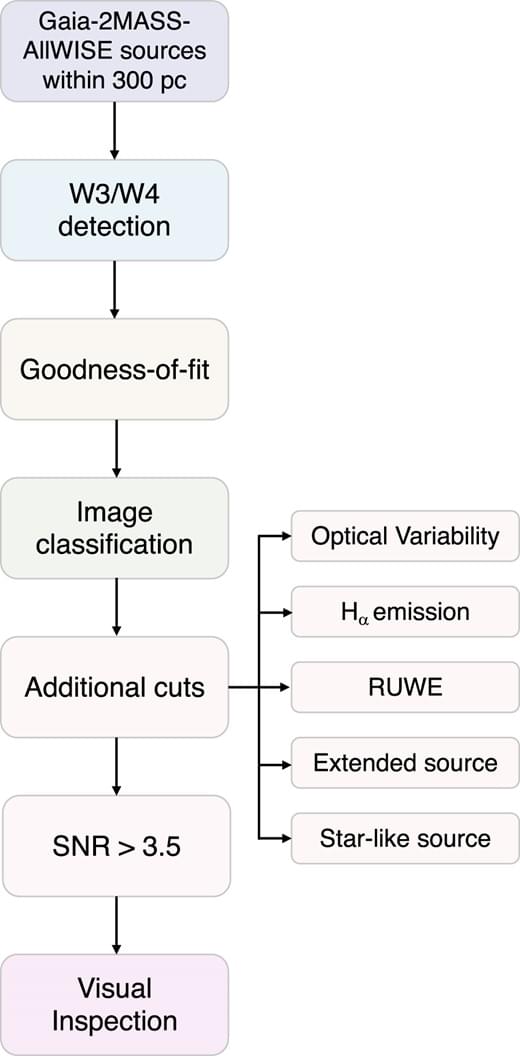
ABSTRACT. The search for extraterrestrial intelligence is currently being pursued using multiple techniques and in different wavelength bands. Dyson spheres, megastructures that could be constructed by advanced civilizations to harness the radiation energy of their host stars, represent a potential technosignature, that in principle may be hiding in public data already collected as part of large astronomical surveys. In this study, we present a comprehensive search for partial Dyson spheres by analysing optical and infrared observations from Gaia, 2MASS, and WISE. We develop a pipeline that employs multiple filters to identify potential candidates and reject interlopers in a sample of five million objects, which incorporates a convolutional neural network to help identify confusion in WISE data. Finally, the pipeline identifies seven candidates deserving of further analysis. All of these objects are M-dwarfs, for which astrophysical phenomena cannot easily account for the observed infrared excess emission.
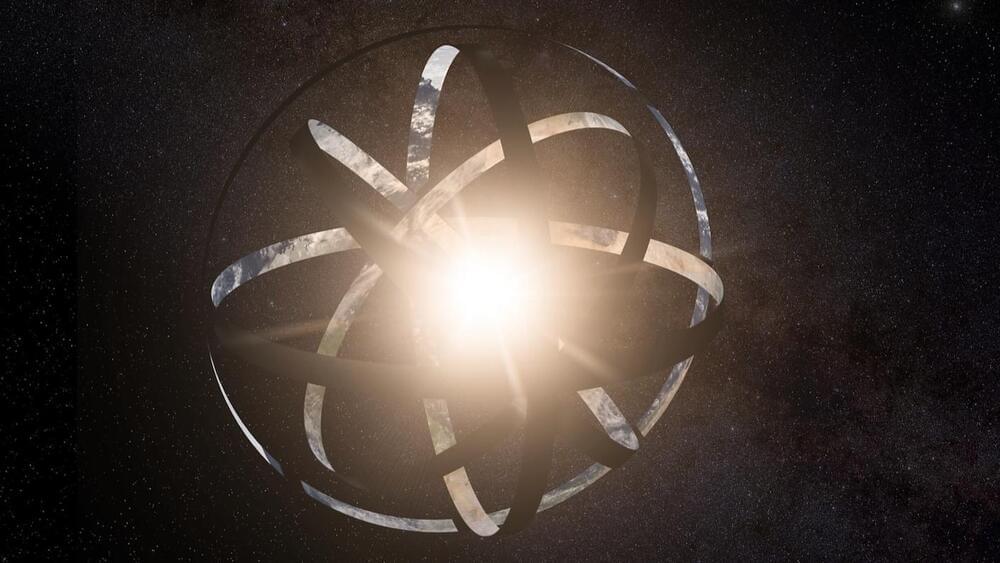
There are three ways to look for evidence of alien technological civilizations. One is to look out for deliberate attempts by them to communicate their existence, for example, through radio broadcasts. Another is to look for evidence of them visiting the solar system. And a third option is to look for signs of large-scale engineering projects in space.
A team of astronomers have taken the third approach by searching through recent astronomical survey data to identify seven candidates for alien megastructures, known as Dyson spheres, “deserving of further analysis.”
This is a detailed study looking for “oddballs” among stars—objects that might be alien megastructures. However, the authors are careful not to make any overblown claims. The seven objects, all located within 1,000 light-years of Earth, are “M-dwarfs”—a class of stars that are smaller and less bright than the sun.

The search for life beyond Earth is really just getting started, but science has an encouraging early answer: there are plenty of planets in the galaxy, many with similarities to our own. But what we don’t know fills volumes. Observations from the ground and from space have confirmed thousands of planets beyond our solar system.